The Devil in the White City
By Erik Larson, The fascinating story of an architect, a serial killer and the 1893 World Fair in Chicago
When I first moved to Chicago for grad school, we were assigned The Devil in the White City by Erik Larson as recommended summer reading. It was an apt choice — our building is located along the Midway Plaisance which served as the entertainment area for the 1893 World’s Fair featured in the book. According to the maps, we would have been located between Old Vienna and the Moorish Palace.
I was too busy at the time — working full-time and getting ready to move across the country pretty much up until the days before orientation started — and skipped it. As a result, it’s been on my to-be-read list for many years now. There’s been an uptick lately in the level of interest in stories of the true crime variety, so I figured this was a good time to dive in.
Plot Summary
The Devil in the White City by Erik Larson tells two interlaced stories of the 1893 World’s Fair in Chicago — that of the chief architect of the fair’s White City and another about a murderer that ran rampant at that time, often considered America’s first serial killer.
The architect, Daniel Hudson Burnham, was already well known, but his construction of the White City would cement his reputation. Around the time the 26-month construction is going on, a handsome doctor going by the name of H. H. Holmes was finishing development of what some nowadays refer to as his “Murder Castle” — a hotel and mansion on a block-long tract of land to the south of Chicago that he engineered to facilitate his misdeeds.
Background Information on the 1893 World’s Fair
For a quick primer, the World’s Fair: Columbian Exposition in Chicago, was a held in 1893 and was billed as a celebration of the 400th anniversary of Columbus’s arrival in the New World. Over the course of the 6 months it was open, it logged 27.5 million visits at a time when the world population was 65 million.
It was a spectacle of innovation and culture, including marvels such as the first voice recording and the introduction of the first Ferris Wheel. Entire villages of people from locales in Egypt and Algeria were brought in to showcase other cultures.
Tesla lighted the streets at a time when lighted streets were rarely seen, and the clean, white gleaming neoclassical buildings provided a awe-inducing vision at a time when cities were known for being dirty industrial areas — hence, the name the “White City”.
World’s Fairs have been held regularly since the mid-1800s, and a number of world attractions were originally built specifically for world’s fairs, including the Eiffel Tower (1889 in Paris) and the Space Needle (1962 in Seattle). The 1893 fair’s construction of the White City in Chicago, which is rumored to have inspired Oz’s Emerald City, and its numerous marvels make it one of the most memorable fairs.
Book Review
The Devil in the White City is an intriguing, shocking and enthralling recounting of the events of the 1893 World Fair. It’s part history, part true crime and it’s all really interesting. Information about the World’s Fair and its planning and execution plays a larger role in the novel than H. H. Holmes’s story, probably due to the surfeit of information out there about it in comparison to Holmes.
While the same story in less capable hands would probably still be interesting, Larson transports you back to the Guilded Age with a certain ease — he brings forth evocative details and information. Larson’s writing is crisp, and he has a clear intuition for what facts and information are compelling. Larson transforms this tangle of facts and events into a smooth and evenly flowing storyline with aplomb.
Larson also intersperses his chronology of events with nods towards other major events in history occurring at that time which add context to the story. For lovers of historical details and similar curiosities, it’ll be a delightful read full of esoteric asides and satisfying background information, but if you’re expecting this to read like a murder mystery, you might need to tailor your expectations.
It took some time to read, but I found it an enjoyable undertaking. It’s a fascinating story about a fascinating time in history. Electricity is becoming more widespread, the need for water purification is newly being accepted, and the medical profession is still being developed, with schools sending students out to grave rob in order to have subjects to learn from. Meanwile, the Pinkerton National Detective Agency is gaining a reputation for strike-breaking (the agency would also be enlisted to track down H. H. Holmes), both Jack the Ripper and Lizzie Borden’s murders occur around this time, and as a backdrop, a financial crisis is brewing, culminating in the Panic of 1893.
Part of why the story of the 1893 fair is entrancing because it’s about Americans coming together to perform an impossible task in the name of civic duty and pulling it off. As I read it, I thought about the current state of our politics where we can’t get any good legislation passed and our technology where tech companies are too busy selling our data to innovate. I worry that the time for America to do great things has passed.
A Few (Minor) Criticisms
I only had a few minor gripes: I wish there would have been more indications as to which facts or figures are of questionable accuracy. Plus, there are scenes and conversations that are more speculative than fact mixed in there in order to make the narrative feel more story-like. Instead, almost everything is presented as fact, which in turn made me take everything I was reading with a grain of salt.
Also, Burnham’s obstacles and challenges in getting the White City built on Chicago’s unaccommodating soil and inclement weather consume a large portion of the book, and it gets a tad tedious after a while.
Additionally, the description of the one female architect as having gone “mad” because she cried when being fired seemed a bit sexist. Her Wikipedia article does a better job of explaining what happened with her, but her story is sadly also a good illustration of how smart women get forced out of certain fields.
Devil in the White City Movie Adaptation
There’s an adaptation of The Devil in the White City that’s currently in development. The only cast listed is Leonardo DiCaprio as H. H. Holmes. It’s being developed as a series for Hulu (in partnership with Paramount TV), and Leonardo DiCaprio and Martin Scorsese are producing.
The film adaptation of this has been a decade-long process since Leonardo DiCaprio’s production company Appian Way picked up the rights in 2010, but recently (February 2019) it has seen some activity as it switched from being a feature film to a Hulu series. So, clearly he hasn’t given up on the property.
For all the details and a full production timeline, see Everything We Know About the Devil in the White City Hulu Series.
Read it or Skip it?
Have you ever gone down a rabbit’s hole of exploring Wikipedia topics? Then this book might be for you.
The Devil in the White City is a book for people with a natural curiosity and lovers of history or true crime or architecture. It is certainly a lot more substantive with a lot more information than your average bestseller, but these facts have been carefully curated and narrated to tell a fascinating story.
I enjoyed this book, pretty much from cover to cover, but I’m also a biased reader of the book. My favorite apartment I ever lived in was in Chicago, in a building originally built across the street from the fair’s Palace of Fine Arts (now the Museum of Science and Industry) as a hotel to meet the fair’s housing needs.
Have you read this, or would you consider reading it? I hope non-Chicagoan readers liked it as much as I did!
Share this post


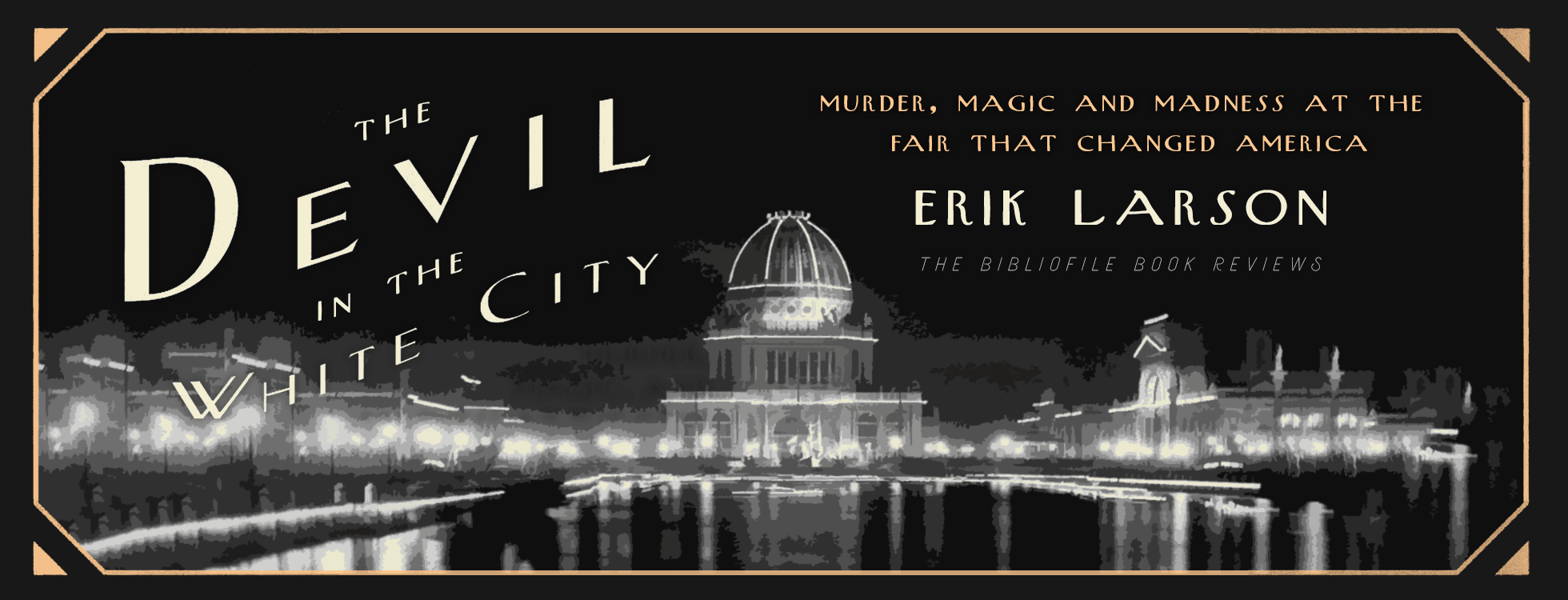
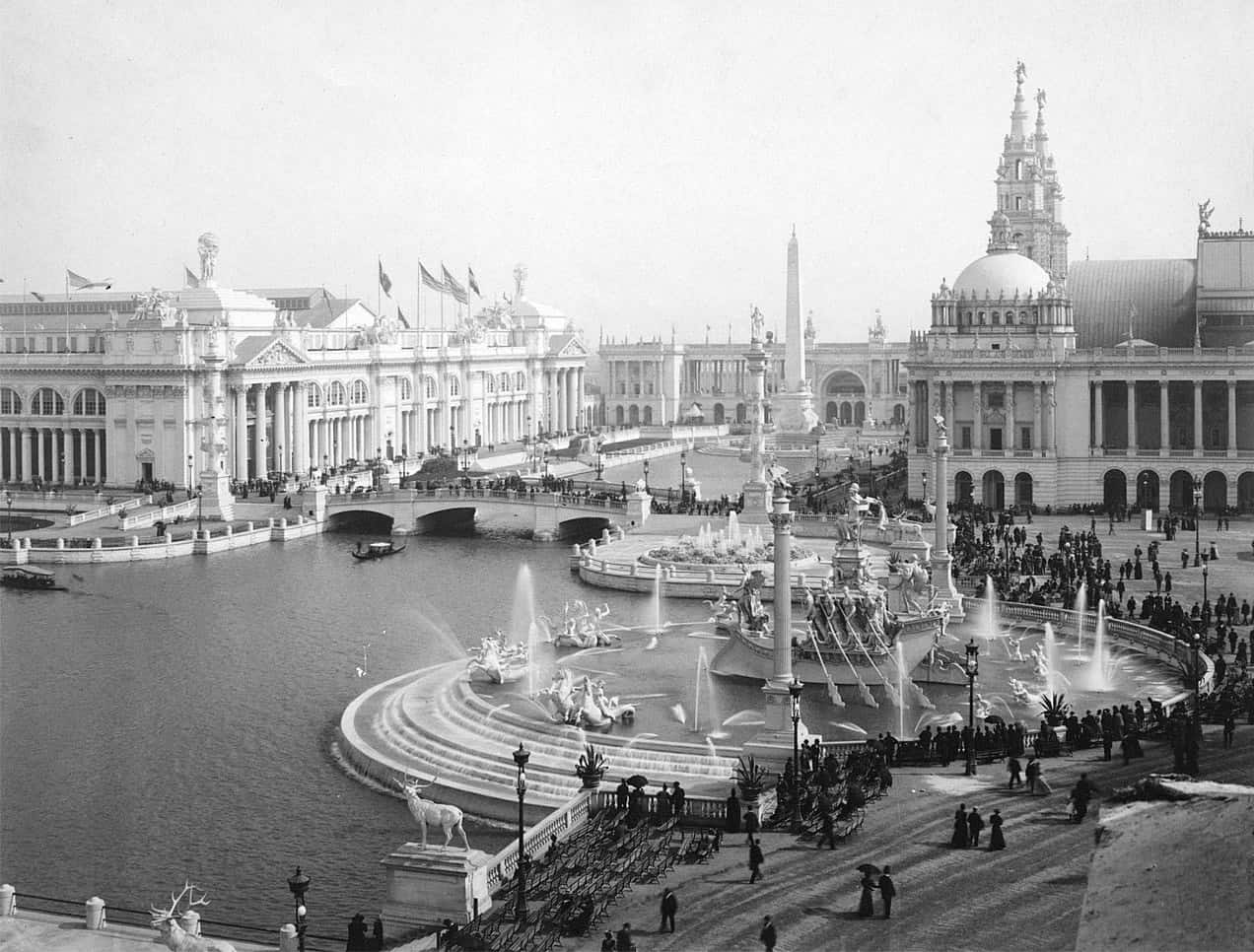
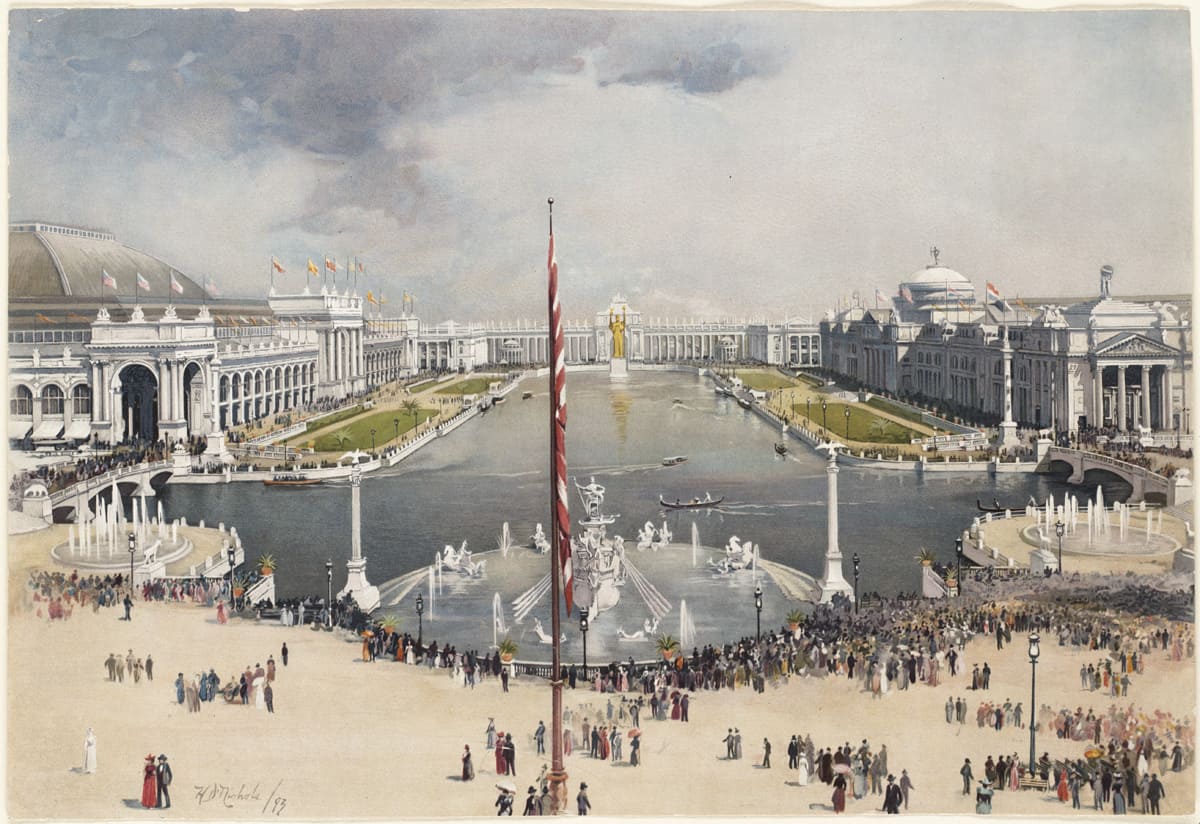
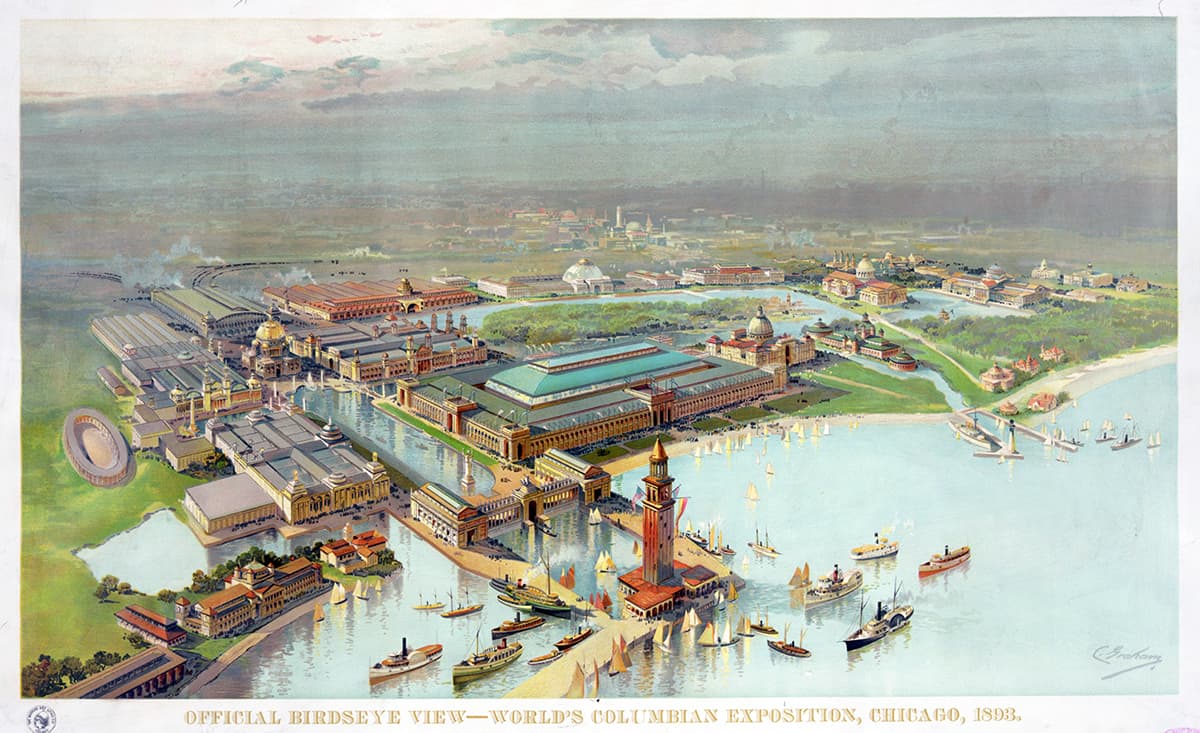
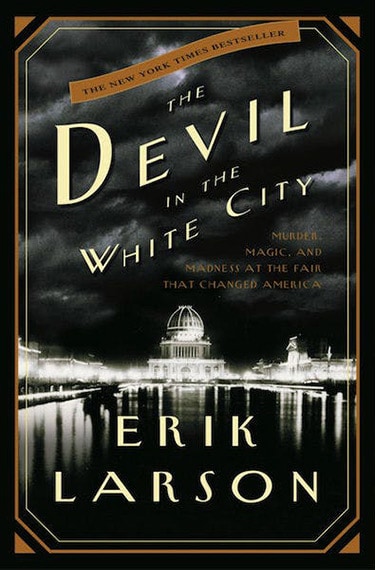
Great review! This one has been on my shelf for a while too, you make me wanna pick it up!
Thank you! It takes a fair amount of time to read, but it’s well worth it, but I think it’s well worth it!
I loved this book! Funnily enough, I read it while living in Chicago. Learned a lot, too.
Yeah, I learned so much about that time period — I’m honestly kind of embarrassed I didn’t read this earlier! Chicago is such a great city, it’s just too cold for me haha
V good review. I’ve read all of Larson’s books. Great stuff.
Thank you! I’m really interested in reading more of his stuff at some point, maybe the Lusitania one
I lived in Chicago for undergrad! What an amazing city. Based on the area you described, were you at UofC?
Your review is awesome. I agree about the woman going mad. I also felt a bit yucky at some of the ways the victims were described physically. I distinctly remember someone being referred to as “plump” but then looking average (if not small) in the picture provided. But overall, this was an incredible book.
Yup we’re all about the south side of chicago at uofc haha — I wish I would have read this while I was still there though!
And yeah, in general most of the women in this book get kind of meh treatment, which is kind of a shame — still a great book, but always a shame to have to put those caveats on otherwise really fantastic books
I have read this book — several years ago — and loved it. Thanks for your very thoughtful review. I should read some of his other books.
Thank you! I honestly can’t believe I didn’t read it sooner, such a missed opportunity. I’ll definitely be reading something else of his at some point as well! :)
I loved this book. I enjoyed the juxtaposition of the preparation for the World’s Fair virtually across the street from a madman’s house of murders. Both stories were very interesting, but I also found myself wanting less detail about the architecture and more about Holmes. There seemed to be a lot more speculation about Holmes than actual fact.
Yup, I totally agree. Around the point in the book when he’s talking about refilling potholes for the Nth time, I was REALLY hoping to hear more about the Holmes storyline. But it seems like Larson tried to put as much as he could about Holmes in there — there probably just isn’t as much information about him in comparison to something like the World Fair where everything is documented
Good review! One point… it’s not historical fiction. It’s presented as fact because he writes actual history that reads like a novel. That’s what he’s known for.
lol good catch, don’t know what I was thinking, thank you! :) and thanks for reading!
You responded while was still typing. lol.
Although thinking on this… I wonder if it got categorized as both due to the speculation on H H Holmes. I have seen it listed as both historical non-fiction and historical fiction. That should be a line of separation, but that is what makes him stand out as an author.
I get your point, there definitely must be some amount of speculation, but if I had to choose a category I’d probably stick with ‘historical non-fiction’ rather than ‘historical fiction’
Ok that was my thought, but it’s been too long, so I second guessed reading your review. It makes sense both ways. Weird.
Haha I appreciate you trying to give me the benefit of the doubt, that is kind, but I think you’re right on this one :)
lol. All good either way. This walks a line you don’t find anywhere else. I’m going to have to reread it at some point now.
I’ve had this on my TBR for so long, you’ve persuaded me I should pick it up soon.
glad to hear it — hope you like it! :)
Very nice review. I read this when it was first released, admittedly an attractive cover had something to do with it,and I remember thinking that is was probably a bit too detailed, too technical. But then I’ve never been to Chicago and it was definitely sold as historical fiction which makes all the difference…
Thank you! Yeah, I think I appreciated a lot of the little details more partially because I’m familiar with the area — I do think knowing what to expect from this book help. I’d read enough reviews that I had some idea that it was more history-ish than your typical bestseller. Thanks for dropping by!
Fantastic review! Like you I was also bothered by what was fact and what wasn’t in this one, but really interesting stories here.
Thank you! Yeah, it’s strange that it’s even sold as historical fiction instead in some places — but it’s really fascinating either way, and it does seem like it tries to be largely accurate
Oh wow, I didn’t even know it had been sold as historical fiction at some point..that’s disappointing. Maybe because he made up some of the dialogue in the H.H. Holmes sections.
Oh no I don’t mean that it was marketed as historical fiction — I just mean that I’ve seen it in some indie/used bookstores in the fiction section. But maybe they just misshelved it?
Oh I see. I’ve noticed that people can be terrible at knowing how to categorize nonfiction so doesn’t surprise me!
I used this book in 2011 for my research paper on H.H.Holmes. I loved it. I found he was far more awful than any of the killers today.
Yeah, and it’s crazy that they didn’t even start investigating him for murder, but for insurance fraud instead
Yeah. He was a real psycho
Great review! I am not really a fan of the genre but I have been thinking about stepping out of comfort zone now and then.
I don’t read a ton of non-fiction in general but I really enjoyed this book. I would add the caveat though that it does contain a lot more technical details and information than your average bestseller. Thanks for dropping by!
Enjoyed this review and because of it, added this to my reading pile. Thanks Jenn!
Thank you! So happy to hear that! Thanks for reading :)
Loved It! From the north east 😁
Yay! Thanks for sharing! :)
Very much enjoyed this post. As an ‘old song’ lover, I wonder if you’re familiar with this one:
[youtube https://www.youtube.com/watch?v=NoKn7vkSMBc&w=560&h=315%5D
I’ve heard it before since I do appreciate my Sinatra, but I’m definitely listening to old songs now thanks to you. Great soundtrack for this review :)
Thanks for sharing this! I’ve never heard of the book but I’m really familiar with the H H Holmes story. I’ll definitely be adding this to my reading wish list
Oh that’s interesting, I hadn’t heard of him before this book. I think you’ll really enjoy it, though I’m curious if all the facts will stack up with what you know so far. It sounds like the author took some creative liberties in telling his story — hope you like it!
This is one of my favorite all time favorite books about Chicago! The audiobook is excellent as well.
Oh, good to know! And yes, it’s a fantastic book for getting to know the history and character of Chicago! Thanks for dropping by!
Great review. This book is currently sitting on my book shelf waiting to be read.
Thank you! I wish I would have read it earlier, honestly, cause I learned so much, it is quite a bit more info-heavy than your average bestseller though
Great review – thank you. I’ve lived in Chicago for 8 years now and it is an amazing city – incredible history and the lake makes it a unique place. My wife read this one and loved it – has been trying to get me to read it for years. I know I’ll get to it eventually. Cheers, Brian
Thank you! And yes, the lake and lakeshore are really quite memorable! I honestly think you should consider taking her advice! It’s definitely a book where you will learn a lot about the area and its history. I wish I would have read it back when I was still in Chicago, since it would have been fun to know about all of this when I was walking those same streets, etc. Thanks for dropping by!
TBR!!!!
haha yesss :)
What a great review again Jennifer! Read this so long ago… I remember liking it but like you mentioned, some parts for me were a little too detailed. However, it was a great read overall! And what a great apartment to live in when you were in Chicago!! I’m envious!
Rae, one of my fav book bloggers too, recommended this book, also by Larson: Dead Wake: The Last Crossing of the Lusitania. Thought you might be interested checking it out as well! :)
aww thanks Jee Wan! I will definitely look into that book since I’ll almost certainly be reading more of his stuff. Thanks for the heads up and thank you for reading!
You’re so welcome! Love your blog! :) xoxo
LIKE! (What’s not to like?)
This is one of my all time favorite books and I reread it earlier this year. You write a good summary of the books strengths and weaknesses.
Thank you Liam, appreciate it!
I like your grid. It feels browsing through an online library. Awesome blog. :).
thank you so much! really appreciate it! :)
Looking up Wikipedia for information on characters real/imagined is so much fun. What did we do before goggle aunty invaded out lives? I didn’t know about this book at all. will look it up.
haha, yeah I don’t remember how I used to find answers to anything before google! hope you like the book if you end up checking it out!
I’ve read about all of this. Not sure if it was from this book so I will have to read it.
Yes. I read this. So did my husband. Loved all of the stuff going on along with the true crime aspect!
Glad you guys both enjoyed it! Thanks for dropping by!
Oh not sure this is published here in the UK. Great review!
Oh interesting, I didn’t even consider that. Thank you!
I read this when it first came out 15 years ago. At that time I was living in Chicago and had been there since birth. It was a fascinating story and reading your review now, makes me want to revisit the sexism I missed at the time.
To be fair, the small amount of sexism I found was really sort of an aside and not a big part of the book. I just felt I should point it out so people can think a little harder about how women are portrayed — especially this woman who managed to rise to the top of her field, only to end up abandoning her career due to how she was treated. Thank you for dropping by!
What an amazing review, Jennifer, I felt like I was studying history again. This book sounds fascinating. 🙂
Great review. I cannot believe you were tasked to read this book at your grad school. I wish I was ever tasked at my grad school to read something as fun and exciting as that. Thanks for the recommendation. I have read some bad reviews on this one and am happy to know others enjoyed it.
This book was recommended by a true crime podcast so I think I came in with different expectations. I’m around 25 pages in and thinking, “Get to the POINT already,” but after your review I fear this IS the point. There are so many irrelevant tangents (why do I need to know so much about Root’s bride?) It reads like a strange cross between a textbook and biography. Someone please tell me it gets better than this!
I thoroughly enjoyed this book and am not from Chicago, nor ever lived there. Larson’s ability to weave local history with the dark murders was masterful especially while he avoided the macabre. I highly recommend the read.